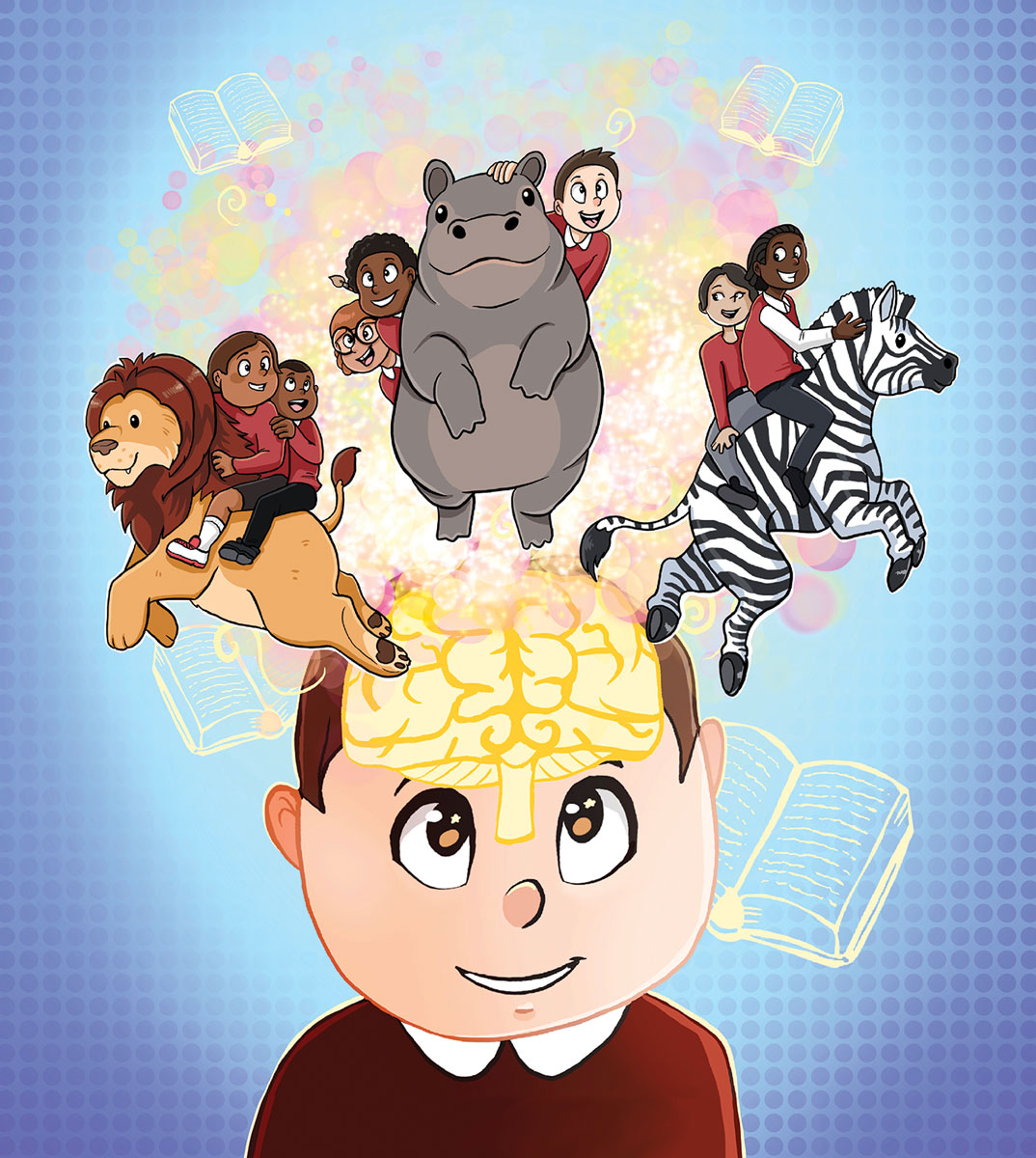Difference is good

There are a thousand ways of learning, and we each need to find a way that is true to ourselves
If you were to go to the website of internationally renowned designer and sculptor Mark Stoddart, you would find the following challenging statement:
“At the age of 13 Mark was introverted, withdrawn, had zero confidence and all the different forms of dyslexia you can have.”
It is a personal description of a teenager that, I suspect, many of us working with special needs pupils and students will be familiar with.
But the reason that Mark’s case is singled out is that he utilised his difference from those around him, by going on to become an internationally renowned sculptor who has regularly spoken openly about the dyslexia that affected him so profoundly in his youth.
Now Mark’s book, Making a Mark!, tells the story of his journey onwards from being a dyslexic child and is available in a form that can be easily read by or to children aged 9 to 14 who are themselves coming to recognise that through their own neurodiversity, they are different from the rest.
And indeed, perhaps one may say that it is a book that should be read by or to neurodiverse young people, or all young people for that matter, as it contains the most powerful message of all: that while everyone is different, everyone can triumph.
This volume not only makes the concept of neurodiversity understandable by young people, but also does show that with perseverance everyone can triumph no matter what their personal circumstances.
For at the heart of this remarkable book is one key issue: that we all learn in different ways, and that having a different learning style is not a failure but an opportunity. Thus, Making a Mark! allows all readers to reflect on their own learning style and understand that there is nothing in the rule book that says we all have to learn in the same way.
Find out more on the making a Mark book page.
